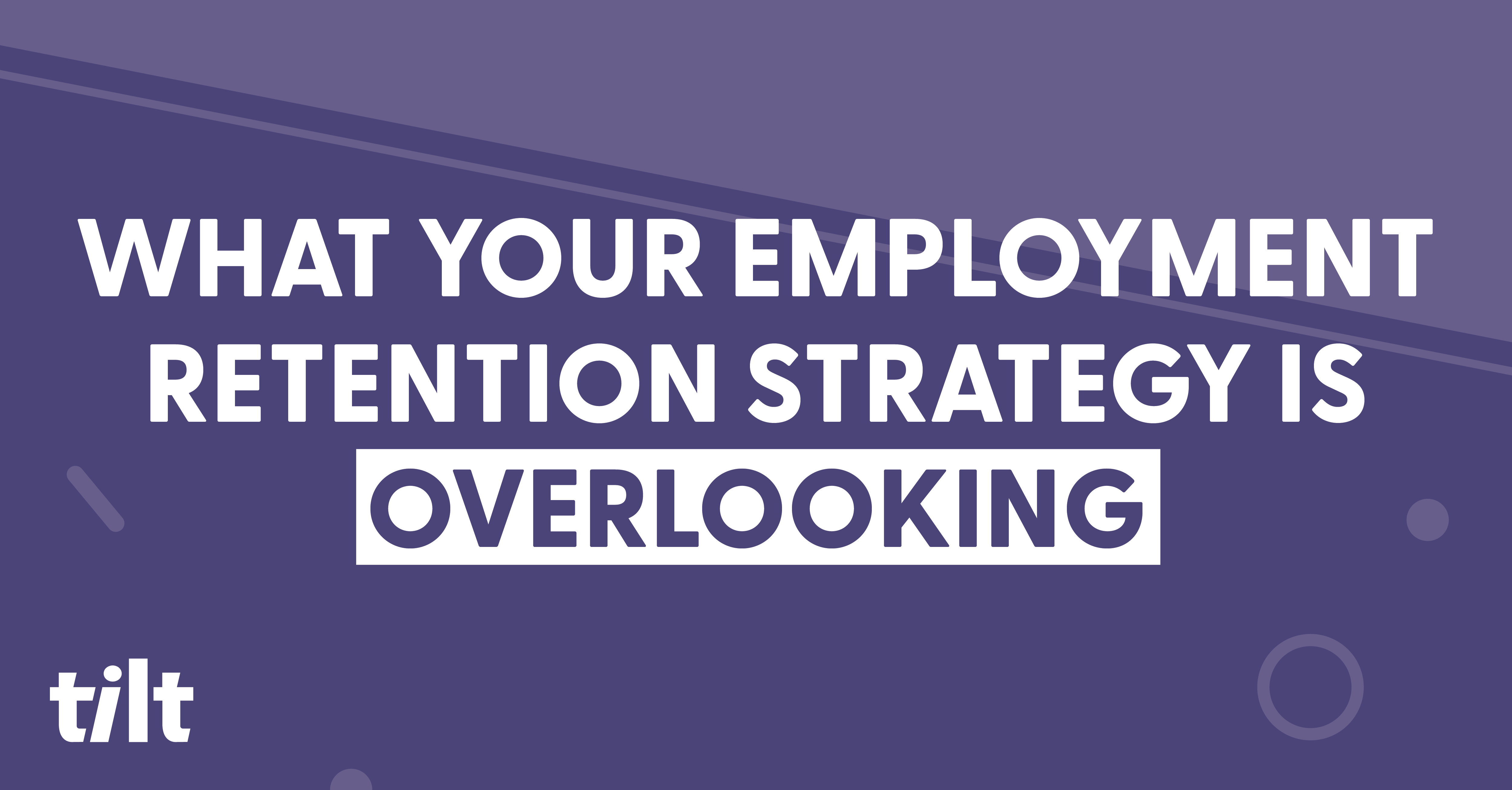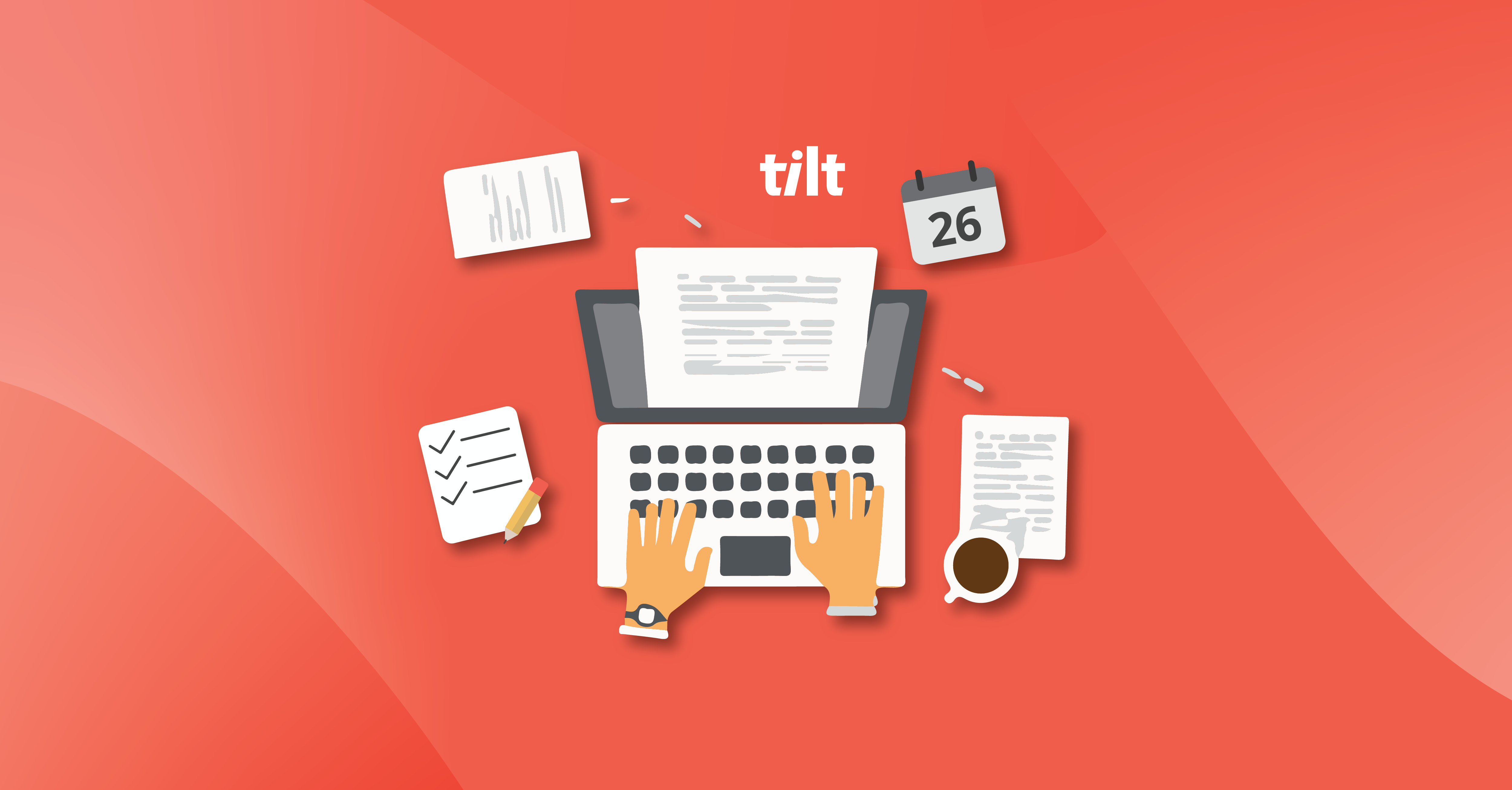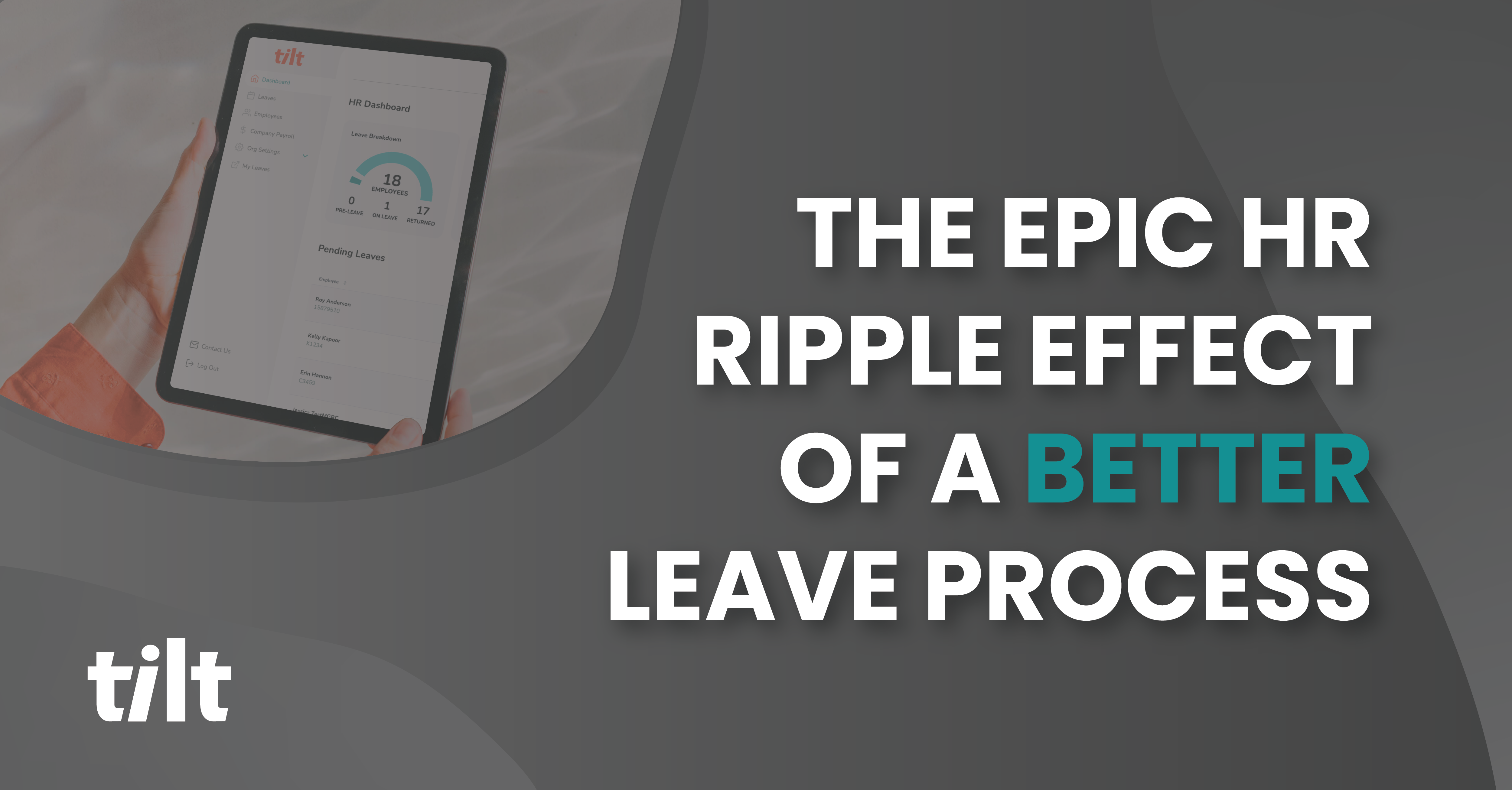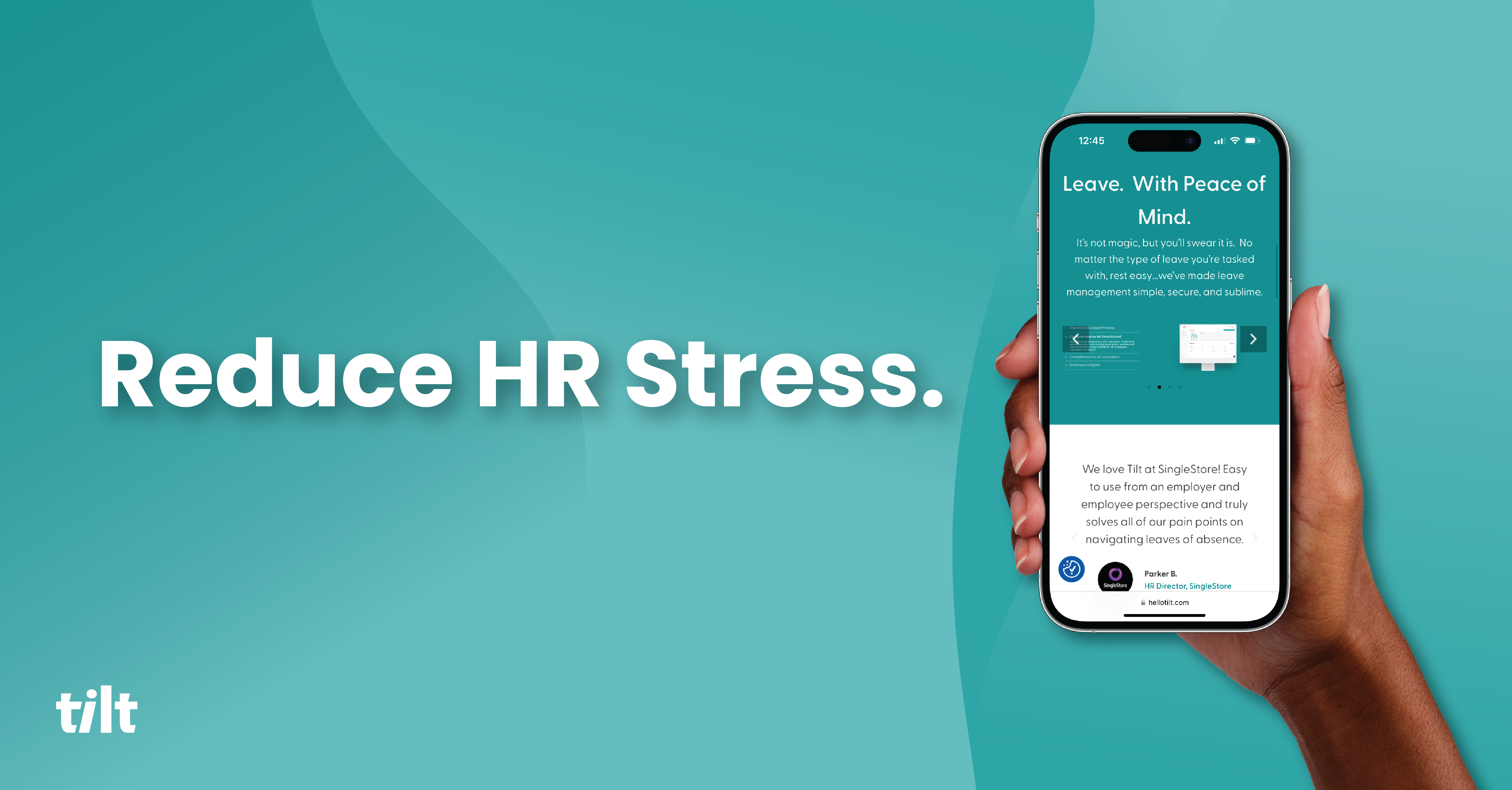The short answer: slides. And we aren’t talking about those things in your PowerPoint deck, we mean actual, literal slides that people can use in your office to get from place to place. Ever seen someone on a slide having a bad time? Would you resist the urge to come back into the office after that sweet remote work life if your office had slides?
We understand that slides might be unreasonable to install in your office (and a liability issue), but if you’re looking for a competitive differentiator for attracting and retaining talent you have to look beyond the basics.
Employees know that in today’s landscape, a competitive salary alone does not make a culture, nor does a fridge full of booze and the booch (AKA Kombucha).
For the first time en masse, HR and People Ops pros are being asked to think outside the box when it comes to employee retention, and in doing so they’re looking outside the workplace.
More specifically, it’s becoming increasingly obvious that the connection between a positive leave of absence experience and employee retention (and equivalently a negative experience and turnover) is causing employers across the country to shift extra focus toward evolving the way in which they administer and support an employee’s leave of absence.
Why A Poor Leave of Absence Experience Leads to Turnover
While the phrase “if you love something, let it go” certainly wasn’t about employee leaves of absence (though can anyone prove it wasn’t?), the same rule certainly applies.
A leave of absence can take a wide variety of forms, they can be planned (i.e. having a baby) or they may be unplanned (i.e. a debilitating accident). They can live in states that have programs to help offset financial strains, they may involve going through an STD carrier, they may change halfway through from a caregiver leave to a bereavement leave…you get the picture.
No two leaves are identical, and yet HR and People Ops teams are required to deliver timely, consistent support to all employees whenever a leave request crosses their inbox. Unfortunately, most teams are stuck using antiquated, siloed systems that make everything from employee education to FMLA tracking to secure file collection and storage a nightmare.
The manual administration of leaves of absence puts HR and People Ops teams at a significant disadvantage when it comes to empathetically supporting people needing to step away from work, and the expectation from employees is that after countless hours of being there for the employer when times are tough, that their employer will make things easy for them when real life is hardest.
An employee retention strategy that doesn’t emphasize caring for your employees and making it easy for them to attend to life’s most challenging moments is an employment retention strategy that will find you on the less-than-fun slide (see what we did there?) toward filling vacancies once held by your top talent.
How to Leverage Better Leaves For Boosts In Retention
While it’s not hard to see why a bad leave of absence experience can lead to turnover, how do you make that experience not suck to actually boost retention?
A good rule of thumb when evaluating HR processes is that if the process is a cluster[bad word] for you to manage, it’s probably going to be a cluster[same bad word] for your employees to experience.
So step one is to evaluate your processes and see where the pain points and support gaps are. If you’re using a manual process to manage a leave you’re likely reading this and saying…
“I use a spreadsheet to track all the leaves in my company…where aren’t my pain points and support gaps?”
There are so many moving parts to a single leave of absence that you’re likely to find two of the biggest pain points are automation and scalability. Leaves can be unpredictable, so you never know walking into work if you have zero new leave requests to attend to or 50. And while we hope you never have to support 50 leaves at once, your process needs to be scalable in the event it happens.
Once you’ve evaluated your systems and process, it’s time to identify whether or not some changes need to be made. This might be the time you start looking at dedicated leave management software and solutions (like Tilt, an unabashedly shameless plug) that work with your HRIS, your Carrier, State departments, automate leave tracking, payroll and provide seamless guidance and support to your people when they need it most…at scale…for all leaves…for all states.
The right dedicated leave management solution gives you a real-time, holistic window into all of your leaves without you having to lift a finger, and it gives your employees empathetic expertise and guidance for a successful and supported leave of absence.
The result is an employee who truly feels that their employer has their human-ness in mind. An employer who knows that sometimes things happen in life that require work to be put on hold. An employer who makes the process easy to step away, so that when it’s time to come back they are engaged, refreshed, and thankful for the support they were given when life threw a curveball.
How Modern People Leaders Retain Employees
Bonuses and breakroom Bocci Ball are nice-to-haves (as are slides), but it’s the foundational fibers of your employee experience that have the biggest impact on employees who stay, and those who look for greener pastures.
The way in which you care for your employees’ lives outside of work says everything about how they’re going to feel about their lives inside office walls (even if those walls are in your remote workforce’s living room).
Differentiation isn’t about dangling the shiniest new perk and hoping your competition doesn’t follow suit, it’s about laying the groundwork for a more human work experience, and there is nothing more human than a leave of absence.
If you don’t have the right system in place to help your employees take a leave of absence, you’ll be perpetually overworked and overstressed trying to get leave right, only to see them walk out the door when they return.
A better leave experience is absolutely essential to boost your employee retention numbers, and that starts with removing antiquated systems that don’t serve you or your employees when a leave is needed, and seeking solutions that support your employees and ease your burdens.
About Tilt
Tilt is leading the charge in all things leave of absence management through easy-to-use tech and human touch. Since 2017, our proprietary platform and Empathy Warriors have been helping customers make leave not suck by eliminating administrative burdens, keeping companies compliant, and providing a truly positive and supportive leave of absence experience for their people.







